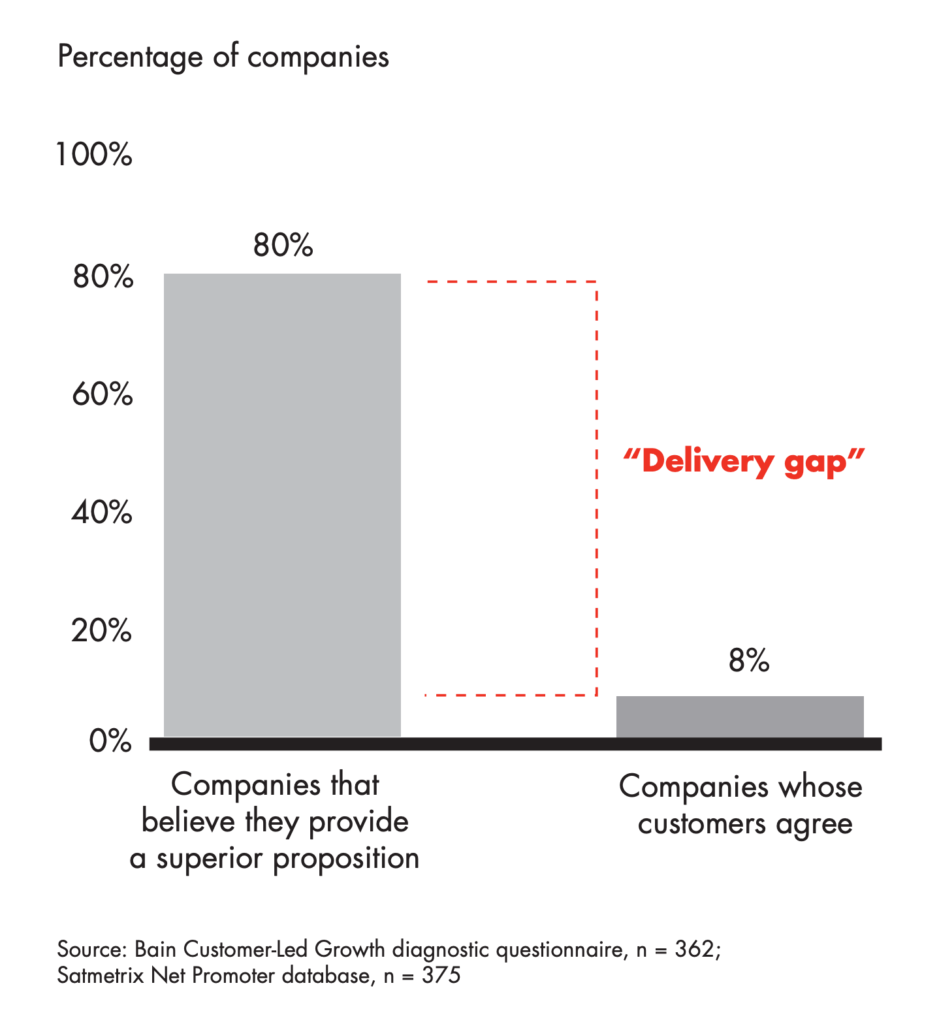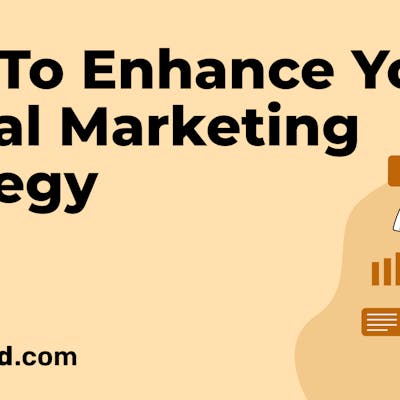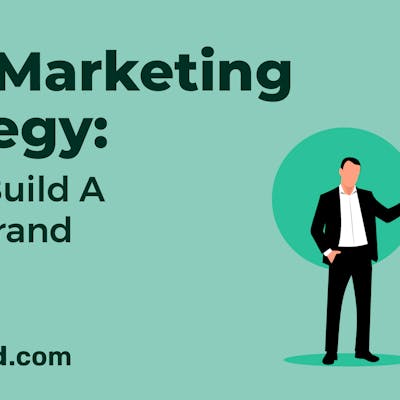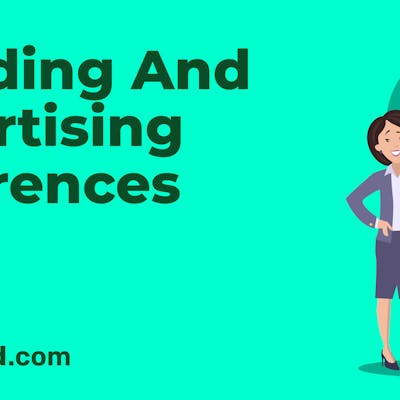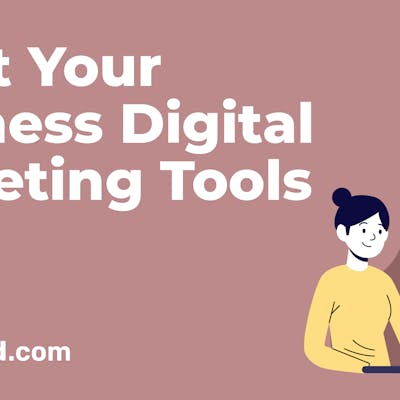It’s no secret that customer-centricity has become a buzzword in the business world. But why is it so important?
Simply put, putting your customers at the very center of your business universe can pay off in spades! At the end of the day, people don’t care about your company’s internal processes or operations – they just want to gain value. It’s your job as a business owner to make that process as easy and seamless as possible for them.
Now, this might not sound like new information to you, but the truth is, even when businesses believe they are being customer-centric in their approach, they often fall short. So, let’s explore what customer-centric marketing is and how you can make the most of this approach to grow your business.
Why is a customer-centric marketing approach important?
Here are some statistics to put the reason into perspective.
- In 2022, 65% of consumers changed providers because of poor experiences. (Khoros, 2022)
- “Increasing customer retention rates by 5% increases profits by 25% to 95%.” (Zippia, 2023)
- “72% of customers will switch brands after one bad experience.” (Zippia, 2023)
- Customer-centric companies are 60% more profitable than those that are not. (Deloitte)
- According to the majority (of buyers), 86% are willing to pay more for a better customer experience. (Superoffice)
Related:How To Be More Inclusive While Designing Brand Identity
The difference between customer retention and customer loyalty.
Retention ≠ Loyalty.
A retained customer is someone who continues to buy from your brand, but a loyal customer would prefer to buy from your brand. They go out of their way to look for you.
You can get people to come back and purchase again, thereby retaining them, but retention is only a short-term strategy. It feeds into loyalty as a long-term strategy, whereby there is almost an emotional connection between the brand and the buyer.
Cultivating and establishing loyalty between your brand and your customers through personalized communication and exchanges will ultimately enhance the customer experience and deepen the relationship.
Loyalty is a strategy that pays off in the long run.
How is customer-centric marketing beneficial to a business?
Marketing built with a focus on its customers works best for driving primary interests. Why? because it adds value above anything else. Some benefits that come along with customer-centric marketing include the following:
Credibility, trust, and a solid reputation.
Delivering on the company’s promises consistently will give your customers a reason to believe in your business brand. Your company will gain customers’ trust and confidence and increase its level of credibility and reputation.
A solid competitive advantage.
When your company uses customer-centric marketing, and customers talk about it positively, its brand can rise to a top-of-mind position, giving it a distinct edge over its competition.
Related: 6 Ways To Build Brand Loyalty In 2023
Reduced employee stress and friction.
When there are clear-cut, customer-centric standards that all employees believe in and follow consistently, they’ll know what to do and when. These guidelines can lessen confusion and customer mess-ups and in turn, greatly reduce employee friction and stress.
Increases word-of-mouth referrals and saves your marketing budget.
When customers rave about your business and continuously refer new customers your way, the company can often adjust its marketing budget to reflect these inbound leads. It takes more marketing and advertising dollars to acquire new customers than to wow the current ones.
Related: How to Leverage User-Generated Content For Your Brand
Gives you improved sustainability.
When your business treats all its customers exceptionally well and with respect, it can reduce its risk for attrition. Brand-loyal customers who value your company and people may be less inclined to jump ship when your competitors entice them with attractive “carrots.”
Since customer retention is a vital contributor to sustainability, your business is in a better position to weather economic downturns, crises, and other business threats.
What are the risks of customer-centric marketing?
While customer-centricity is mostly associated with positive results, there have been rising concerns that focusing too much on customers (especially without permission) can make marketers appear invasive.
As more businesses are investing resources to get closer to their customers, it’s important to recognize that there are boundaries that customers don’t want you to cross.
Hyper-targeting, message fatigue, and ads that are insensitive to their personal situation (like unwanted health product ads following people with sensitive medical issues, or mothers that have suffered miscarriages being targeted with baby ads).
Expert marketers recommend that current marketers maintain a position of neutrality, so not as to appear too pushy that they overlook the needs and concerns of their customers. Your business marketing strategy and approach should be welcoming, affirmative, and personable. This will leave an impressionable mark on your client that they keep coming back for more.
Related: Master Email Marketing with These Quick Tips
Positive examples of customer-centric marketing
1. Ikea

IKEA Dubai launched a campaign in 2020 called “Buy With Your Time,” allowing customers to use their time spent traveling to IKEA stores as a currency to purchase goods.
The brand added “time currency” prices for every item in its Dubai stores, based on the average Dubai salary. The campaign rewards loyal customers and encourages them to visit IKEA more frequently, spend more time in the stores, and ultimately buy more goods.
The campaign exemplified customer-centric marketing by placing the customers’ time and convenience at the forefront.
Related: 20 Sales Promotion Examples to Help You Sell More
2. Everlane

By offering a “Choose What You Pay” pricing scheme, Everlane empowers its customers and increases their autonomy, which can lead to a higher likelihood of completing a purchase.
Customers can choose between three prices and understand the costs associated with each option before adding the product to their cart.
This approach to pricing not only helps Everlane gain a better understanding of their customer’s preferences but is also consistent with their transparent business model, utilizing persuasive techniques like anchoring.
Related: 13 Steps to Execute an Inbound Marketing Strategy to Grow Your Business in 2023
3. Lenskart

Lenskart’s “try at home” feature enables customers to select up to 5 eyewear frames online and have them delivered to their homes to try on, saving them the hassle of visiting a physical store.
This feature reduces the likelihood of returns or exchanges, as customers can try on the frames and make sure they are satisfied with their selection before making a purchase.
Lenskart’s customer-centric marketing approach caters to the needs of busy and convenience-oriented customers, making the eyewear buying process more accessible and enjoyable.
To Wrap It Up
By prioritizing the needs and preferences of customers, companies can foster stronger relationships, enhance customer loyalty, drive repeat purchases, and achieve long-term success. To implement customer-centric marketing effectively, it’s crucial to gather customer data, personalize experiences, deliver exceptional customer service, and continuously adapt to changing customer expectations.
With the right approach and a customer-centric mindset, you can create meaningful connections and thrive in today’s competitive landscape.
Simplified helps you write compelling copies with its AI writer, along with designing perfect visuals that go with them.
